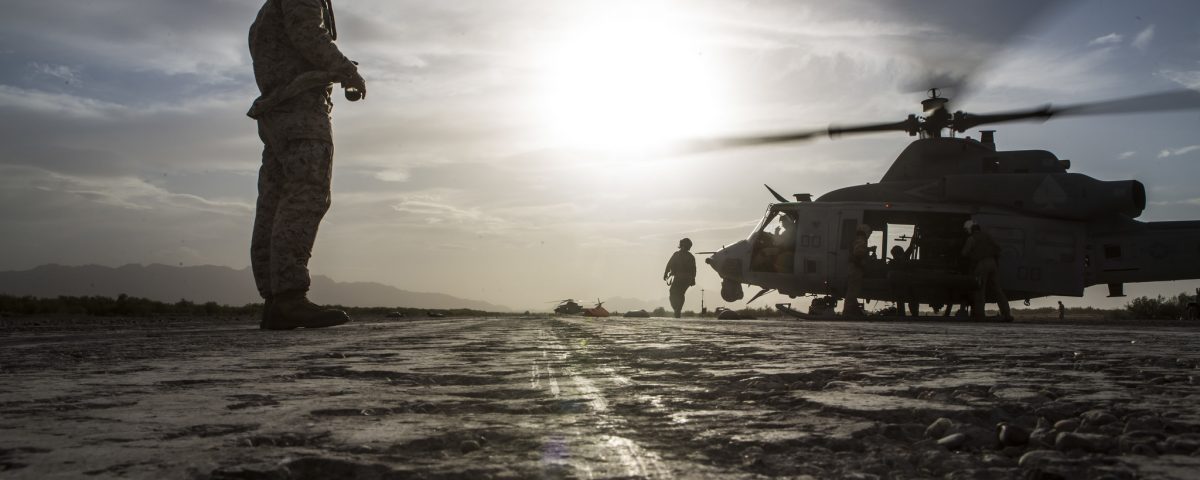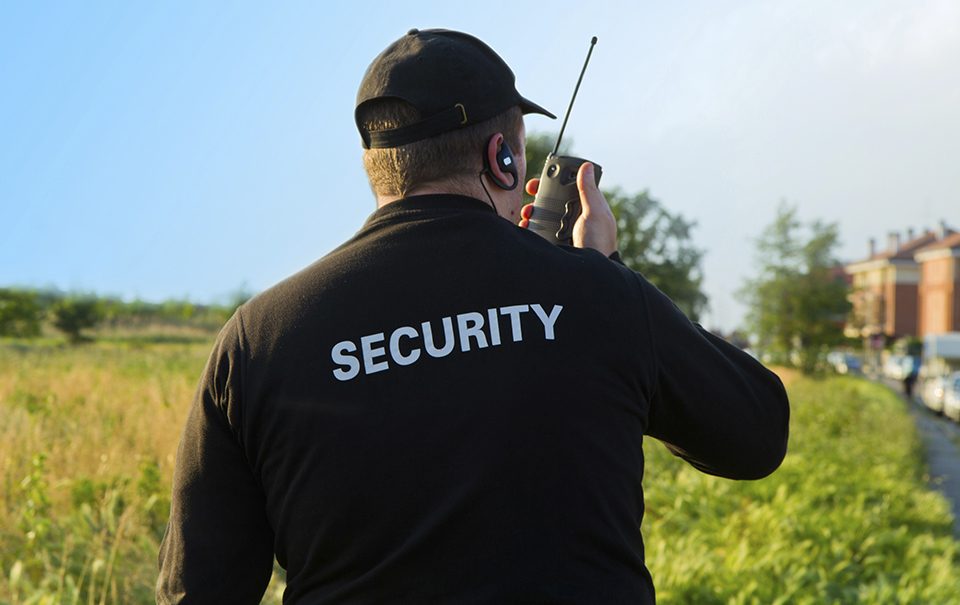Failing to Plan is Planning to Fail
By CECILIO ANDRADE
He was in the last few seconds of the landing approach very close to the airstrip, finishing the long and heavy flight. In an instant the airplane started to vibrate dangerously, in a destabilizing way, something that had never happened in his thirty years of experience. During the intangible interval of that single initial moment, without even organizing his conscious thoughts, he increased the power of the engines climbing to a safe height. After a couple of explanations and some circuits around the airstrip, he made the approach and landed as always, smoothly and safely.
In the following interview, the one investigating the event, the pilot was asked, when did you take the decision to ascend? His answer was simple, concise, and for many, curious, “I took it 25 years ago”. That is, he had planned his response earlier.
Before proceeding, I must apologize to all my friends Woodpecker and acquaintances, who as pilots might feel offended by my mistakes on this “story” (or “cartoon” for many) that leads to this text. Please, I do not have very much in mind; it’s just a way to give birth to an idea. Once having taken penance for being an undocumented pedantic, let’s move on to the reason behind these words.
A great number of professionals and weapon users, in the context of a potentially lethal confrontation, fall within the parameters of two standardized types of people, namely:
- He plans everything down to the smallest detail and gesture.
- Doesn’t plan anything, what’s more, he doesn’t even think about it.
All readers will agree with me that of the two options, the second one is the least recommended. The least recommended despite being by far the most common, we have often heard in a bar, the well-known “I would do this”, “I would respond that”, “this wouldn’t happen to me”, and a long and selfish, etc. Does it sound familiar? Boasting about something does not necessarily imply thinking about it with the necessary focus, think about it.
But… the first point? “Planning everything down to the smallest detail and gesture. Is that desirable? Is it the right thing?”
A historical parenthesis
To begin developing my concept, let me make another one of my usual digressions, ramblings if you would prefer a more common word.
The quote “no plan, no matter how good it is, resists the first contact with the enemy”; surely you’re familiar with it. The quote’s fatherhood is another issue. cheap NBA jerseys The phrase is credited to Field Marshal Helmuth Carl Bernard von Moltke, nicknamed “The Elder”. He was one of the military geniuses who helped make Prussia become the nation that dominated Germany, and finally led to the entire XX century known history to the present.
 “OK, Cecilio, will explain to us now why planning is not good, that we must WELCOME not have a plan”. Quite the contrary, if the “Elder” did not mean that and believe me, he didn’t, I don’t dare contradict him. A plan is necessary, it is necessary to analyze the enemy, real or potential and learn about his situation and the environment; but you should know that when we go to the real world, face the truth, things are not going to be as expected or at least not all of them.
“OK, Cecilio, will explain to us now why planning is not good, that we must WELCOME not have a plan”. Quite the contrary, if the “Elder” did not mean that and believe me, he didn’t, I don’t dare contradict him. A plan is necessary, it is necessary to analyze the enemy, real or potential and learn about his situation and the environment; but you should know that when we go to the real world, face the truth, things are not going to be as expected or at least not all of them.
When we are planning an operation, to calculate our own response, remember that the “bad” guys normally take the initiative, we the “good” guys must respond, we cannot forget that one thing is to be clearly defined, analyze and calculate what is going to happen, how things are going to be like and quite a different one when we begin to respond to real aggression.
To rely on an immovable, detailed and rigid plan dooms us to failure, despite the fact that an analyzed and tested plan is our first base to win. Even with this, we should forget the idea of betting everything on the perfect plan and let reaction flow automatically with our wealth of experiences and previous training.
Which brings me to ask you, you do train, right?
The opposite of a rigid and immovable plan, is always being ahead of our plan, constantly analyzing it, making changes and adaptations. And this is both in the planning and training phase, as if you give it one’s all for survival. During a conflict things will not follow your plan’s linear script, unforeseen things will happen, the moment we identify a change we must react and correct, and that can only be done with mental flexibility.
Once we react to the new parameter, this does not mean that we necessarily have to return to the original plan, but that we will be able to carry out the necessary adjustments to achieve success, because that is what is important. The purpose of a plan is not to fulfill it, it is to achieve the set objectives, and cheap NFL jerseys these are simple and clear on the issue we’re talking about, survive and return home to those who love us.
Following the base thought that “no plan will survive the first encounter with the enemy”, we must prepare ourselves with general guidelines so that we know and may react any moment during the action.
After this rambling, let’s begin with the main topic.
Survival chess, everyone knows it, everyone has an opinion on it
In the professional or legally armed person “circle”, almost everyone “knows” or think they know how a conflict will happen, how it will start, how it will develop and, obviously, how it will finish. Which, setting selfish pathologies aside, we have already seen in the previous rambling that it will not be like that. Field Marshal von Moltke made it very clear, and if you think well, Mr. Murphy too, “everything that can go wrong, will go wrong”. By the way do you know if Mr. Murphy’s last name is Moltke?
One of those daily things that I’ve seen for many years, although I suspect that it is something unchanging in any environment and era of humanity, in courses, workshops, seminars or trainings, is the idea of creating answers of the type I call “chessboard”, “If he does A I will do B”.
In principle, knowing what and how to respond in each given situation, is something positive, but only in principle. Real life is not an ordered board, measurable, with fixed and immutable, or predictable rules. The “Elder” made it very clear, chess in real cheap MLB jerseys life only works if the adversaries collaborate and respect the same rules that we use. Do they? You answer the question.
Over the years I have created the ability to think as my adversaries, or at least get close to their thoughts as much as possible. This ability has allowed me to make many situation analysis that avoided problems and also, potential risk scenarios.
Is it a skill, which is easy to acquire? The truth is no, not at all. The vital, professional, social, cultural and intellectual experiences, to mention the main ones, are a fundamental and unavoidable part of their acquisition and perfection.

The vast majority of people analyze the others based on themselves. Surely you know the old proverb “evildoers always think the worst of others”, which applies to both “good” and “bad” guys. They judge based on their own background, and surely are rarely able to be “to walk in the other person’s shoes”.
To be able to think as the adversary is basic for a type of increasingly trendy training and each time there are more “experts”. This misapplied fashion and badly analyzed has made this type of training demean its effectiveness, jumping to wrong conclusions far away from reality. We’re talking about the Force on Force.
I am a fierce advocate of the Force on Force training, in all their facets, for many of you it is not a new data, but even this procedure can create bad habits if the exercise’s instructor or director does not capture a very important nuance, we all react based on our training and experience. A policeman acting as a bad guy, if not properly trained and directed, will act as that “a policeman acting as a bad guy”. The instructor should find that the “policeman acting as the NG689Skw bad guy” becomes “a bad guy” with everything that this implies. The “bad guy” will start to “put the right shoes”, which will allow him to think better and faster, and the “good guy” will have to respond with greater realism and effectiveness. They both learn, both improve, and both evolve.
We must learn to create scale thoughts of the type:
- What is the worst possible scenario?
- And the best?
- What is in between?
- Do I have the capabilities to respond to all scenarios?
- And if something comes up that I haven’t thought about, how could I respond effectively?
Reality is neither comfortable nor easy
With all this, it is time to make clear a number of points:
- We sponsor need a plan A, but we must remember that the alphabet has a lot more letters.
- Our plan should never be rigid; rather it must be flexible and adaptable.
- I must have the necessary capabilities, and if I don’t, I will train to make them come true and be able to modify them as I go along.
Difficult? Well, this does not make it less necessary, I am very sorry but carrying and using weapons is not only a procedure or an administrative situation, it is a duty and obligation to use them as they should be used, professionally, legally and ethically.
The five old questions, what? Why? When? How? And where? This will give us a lot of data and hundreds of possible answers. But what happens when answers vary from one tenth of a second to the next? The questions are the same, the answers never are.
We can train on hundreds, even thousands, of specific responses. Can we bring them to fruition? Chances are that each and every time we reach the correct answer late, the suspense implies not getting back home, don’t forget that.
We cannot train for every possible situation. But we can train the necessary skills to be able to respond in each of the situations. We don’t plan with lines of answers, but with a homogeneous set of flexible skills and abilities. This is the radical difference of planning; we don’t plan sequential lines, but roadmaps with shortcuts between points.
Before any given scenario, our response will depend on thousands of situational issues on which we don’t have any influence, we can only influence and control the fundamental abilities that we have. Movement, communication, draw a weapon, grip and handle the weapon, use covers and shelters, etc. (the truth, there are a great many etc.). Our “plan” should create responses of the type that saved the airplane, with its passengers and crew, the initial story” of this work. It must provide us with “automatic pilot” type answers, and they must be flexible and adaptable.


